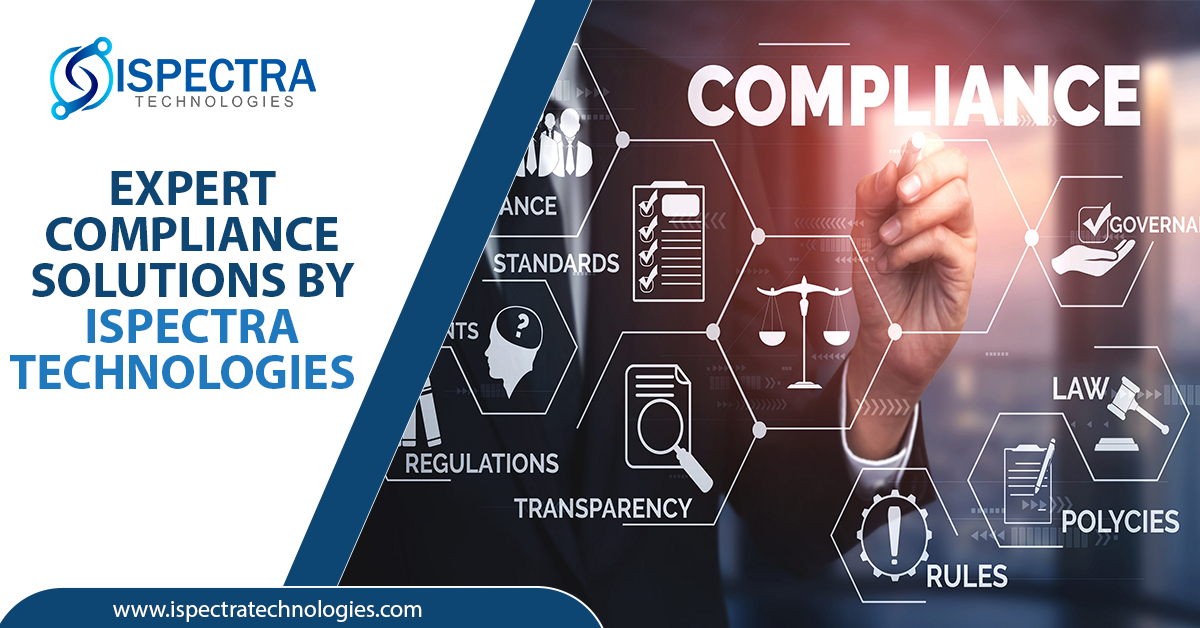In today’s organizations, IT risk assessments are crucial for effective cybersecurity and information security risk management. It allows organizations to identify risks to the IT systems, data, and other assets and understand their potential impact on your business. Based on the data, businesses can avert expensive disruptions, breaches, compliance lapses, and other adverse outcomes.
This blog provides an overview of security risk assessments, outlining their significance, and the procedural steps involved.
What are Security and Cyber Risk Assessments?
Security risk assessment includes identifying vulnerabilities within the IT environment and assessing their financial impact on the organization. This includes considerations such as downtime leading to profit loss, legal expenses, compliance penalties, customer attrition, and lost business opportunities. Organizations can effectively prioritize security measures through meticulous assessment within their broader cybersecurity initiatives.
How can Conducting Security Risk Assessments help your business?
IT risk assessments and cybersecurity evaluations offer substantial benefits to organizations. These include:
-
Clarity of Critical IT Assets:
Asset value fluctuates over time. Regular risk assessments allow you to track and recognize the whereabouts of your most crucial IT assets.
-
Enhanced Risk Understanding:
Regular risk assessments allow you to identify and analyze potential threats. Thus, businesses can prioritize addressing risks with the highest possible impact and likelihood.
-
Resolution of Vulnerabilities:
A methodical IT risk assessment approach aids in pinpointing and addressing vulnerabilities that malicious actors could exploit. These vulnerabilities include unpatched software, overly permissive access policies, and unencrypted data.
-
Cost Reduction:
Engaging in security risk assessments protects businesses from the exorbitant costs associated with data breaches. It also facilitates the strategic allocation of security budgets towards initiatives that yield optimal value.
-
Regulatory Compliance:
Security risk assessments assist organizations in meeting the stringent data security requirements stipulated by regulations like HIPAA, PCI DSS, SOX, and GDPR. This will allow you to avert hefty fines and penalties.
-
Enhanced Customer Trust:
Demonstrating a steadfast commitment to security fosters increased customer trust. This will allow your business to seek improved client retention rates.
-
Informed Decision-Making:
Cyber security risk assessments provide valuable insights. This will allow you to make smarter decisions about security measures, improving infrastructure, and investing in personnel.
How can you conduct a comprehensive Security Risk Assessment?
To successfully conduct a thorough security risk assessment, you need to follow the given steps:
Step 1: Prioritize IT Assets:
Begin your journey by identifying and prioritizing the IT assets. It includes servers, printers, laptops, and data such as client contact information and intellectual property. You can gather input from all departments and comprehensively understand the organization’s systems and data. Furthermore, you can also assign importance to each asset based on its monetary value, critical role in processes, and legal compliance status.
Step 2: Identify Threats and Vulnerabilities:
Continue your journey by identifying potential organizational threats. This will include external threat actors, malware, malicious acts by users, and errors from undertrained administrators. Next, identify weaknesses that threats could exploit. You can use various methods such as analysis, audit reports, vulnerability databases, and penetration testing tools.
Step 3: Analyse Current Controls:
Assess the effectiveness of current controls in reducing the likelihood of threats exploiting vulnerabilities. This includes both technical controls, such as encryption, intrusion detection systems, and multifactor authentication, and non-technical controls, including security policies, administrative procedures, and physical or environmental protections.
Step 4: Determine Likelihood of Incidents:
Next, you need to evaluate the probability of vulnerabilities being exploited. You can consider factors such as the nature of the vulnerability and the effectiveness of existing controls. Many organizations use descriptors like high, medium, and low instead of numerical scores to indicate the likelihood of a threat.
Step 5: Assess Potential Impact:
You can assess the potential consequences of incidents by analyzing numerous factors such as:
- The asset’s function and its dependencies on other processes
- The significance of the asset to the organization
- The level of sensitivity associated with the IT asset
Based on it, begin with a business impact analysis (BIA) or a mission impact analysis report. These documents utilize quantitative or qualitative methods to gauge the effects of harm to the organization’s information assets.
Step 6: Prioritize the Risks:
Once you have analyzed the potential impacts, it is time to determine the level of risk posed by each threat vulnerability. You can use risk-level matrices to categorize risks as high, medium, or low. Based on risk levels, propose actions to mitigate risks, such as developing corrective plans for high-risk incidents.
Step 7: Document the Results:
Create a comprehensive report outlining each threat, associated vulnerabilities, potential impact, likelihood of occurrence, and recommended control measures and costs. This report will help management to make informed decisions regarding budget, policies, and procedures. It might also provide key remediation steps to mitigate multiple risks.
Security and cyber risk management procedures form the bedrock of any security management strategy. They offer an in-depth understanding of potential threats and vulnerabilities that may result in financial losses for the business. Additionally, they provide strategies for mitigating risks.
Thus, you can enhance your security policies and practices by comprehensively assessing IT security vulnerabilities. This will allow you to bolster defenses against cyberattacks and protect critical assets effectively. To learn more, contact the experts at Ispectra Technologies right now.



